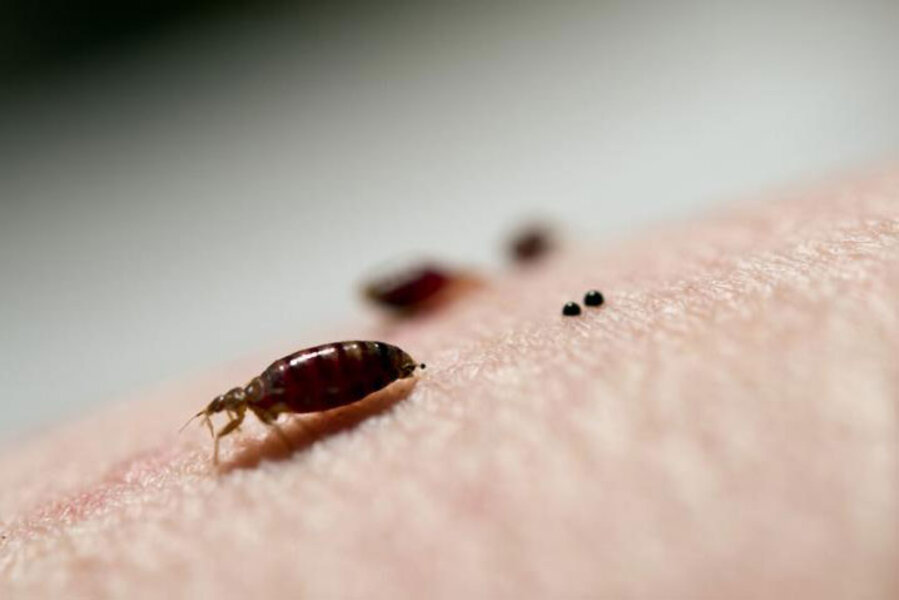Bed bugs show resistance to pesticides: What now?
Loading...
The chemicals used to fight bed bug infestations are no longer working, say scientists from Virginia Polytechnic Institute and New Mexico State University. The tiny pests have developed a resistance to the most commonly used type of insecticides, called neonicotinoids, or neonics, which is part of the reason there has been a resurgence of them in the last couple of decades.
"While we all want a powerful tool to fight bed bug infestations, what we are using as a chemical intervention is not working as effectively it was designed and, in turn, people are spending a lot of money on products that aren't working," Troy Anderson, an assistant professor of entomology in the Virginia Tech College of Agriculture and Life Sciences, said in an announcement last week.
In an experiment, researchers compared bed bugs from homes in Cincinnati and Michigan that had been previously exposed to neonics with those that a researcher has kept isolated in a lab for 30 years, dating back to a time before the insecticides were used commercially.
In results published Thursday in the Journal of Medical Entomology, Dr. Anderson and Alvaro Romero, an assistant professor of entomology at New Mexico State University, reported that the bed bugs that had been isolated in a lab for 30 years died when treated with a small amount of neonics. Those collected from homes in Cincinnati and Michigan showed much higher resistance to the chemical treatment.
The team also tested bedbugs from New Jersey that were already resistant to pyrethroids, another class of widely used insecticides often mixed with neonics, but had been isolated from neonics since 2008. Those bugs were more susceptible to the insecticides than the ones from Cincinnati and Michigan, but not as much as the isolated bedbugs.
"Companies need to be vigilant for hints of declining performance of products that contain neonicotinoids," Dr. Romero said in a study announcement.
"For example, bed bugs persisting on previously treated surfaces might be an indication of resistance. In these cases, laboratory confirmation of resistance is advised, and if resistance is detected, products with different modes of action need to be considered, along with the use of non-chemical methods," he said.
Bed bugs are particularly burdensome in apartment buildings, where they can spread to many units. They are also more problematic for low-income, elderly, and disabled people who can’t spot the tiny red bug and often don’t have the means to get rid of them, say researchers from Virginia Tech.
Bed bugs thrive in beds, couches, and around electrical outlets and cause hundreds of bites a night.
“When well-off people get bed bugs, it’s an inconvenience. But when low-income families get them, there aren’t many options,” said Molly Stedfast, who worked with bed bugs as a graduate entomology student at Virginia Tech in 2013.
“Those who can’t afford the treatments," she says, often end up living with bed bugs for a long time.
Virginia Tech’s pest lab recommends a nontoxic, non-neonic treatment that can be applied to the inside perimeter of an apartment. The treatment is diatomaceous earth, a dust made from fossilized remains of diatoms, a type of hard-shelled algae. Researchers said this dust has been used to control pests for more than a century. It clings to the bed bugs as they walk through it, absorbs moisture, and kills them via dehydration.
“We treat the perimeter of the apartment to isolate infestations in one unit and not allow them to spread. It is a lot less expensive to treat one apartment than every unit in the building,” said Dini Miller, a professor of entomology at Virginia Tech.







